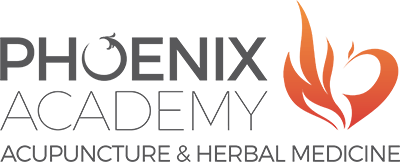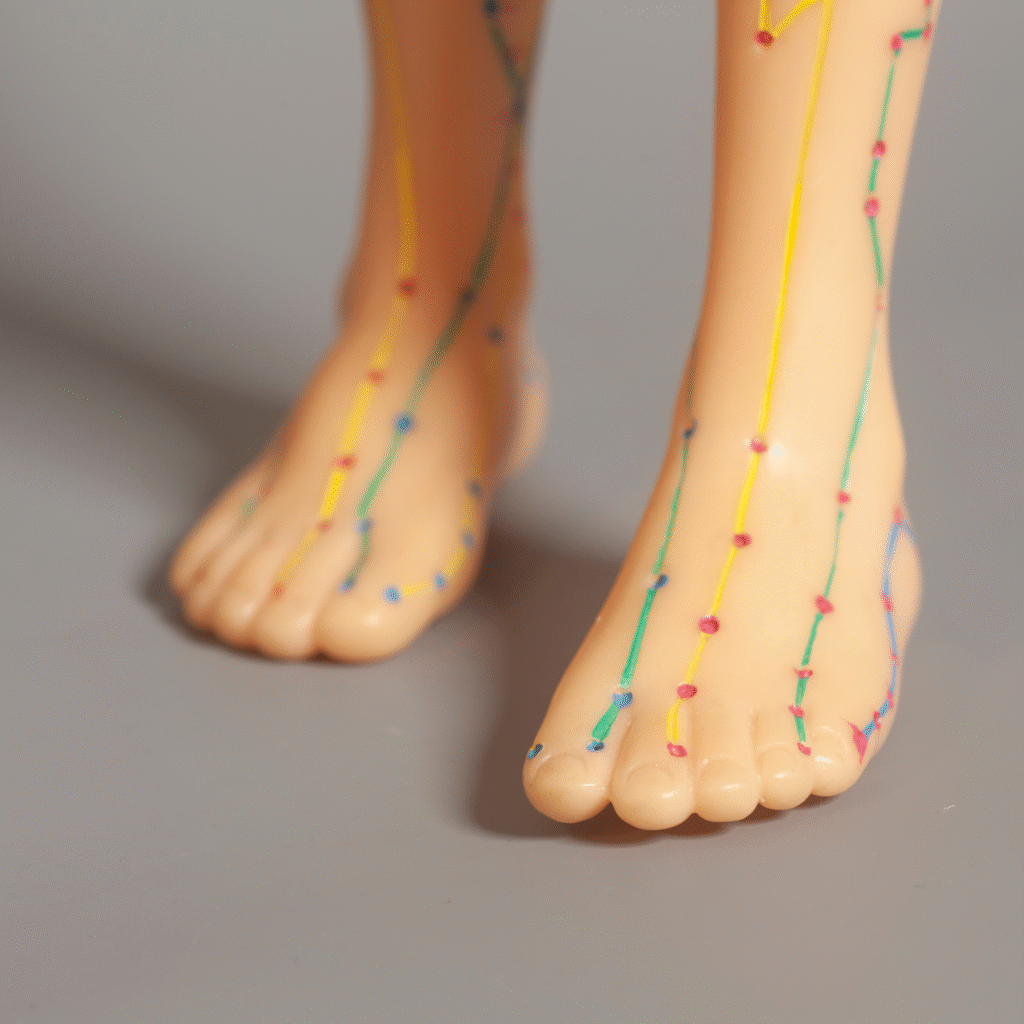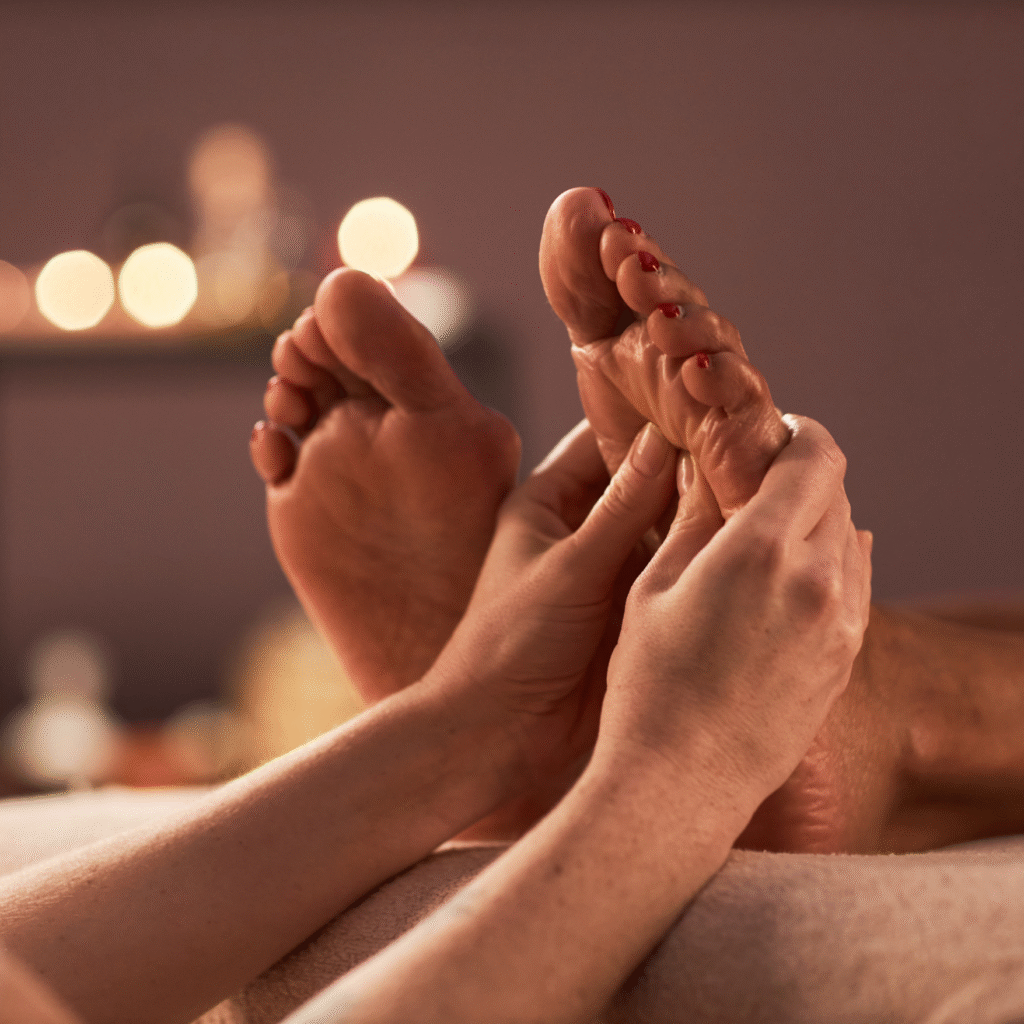
As Reflexology Awareness Week approaches (23–29 September), it’s the perfect moment to explore how reflexology—a holistic therapy rooted in ancient traditions—can be thoughtfully integrated into Traditional Chinese Medicine (TCM) practice. Though reflexology and TCM originate from different cultural frameworks, they share a common goal: restoring balance, promoting healing, and supporting the body’s innate capacity to regulate itself.
In this article, we’ll delve into the basics of reflexology, examine its relationship with TCM meridian theory, and offer practical guidance for those curious about combining these two powerful modalities.
What Is Reflexology?
Reflexology is a complementary therapy based on the principle that specific points on the feet, hands, and ears correspond to organs and systems throughout the body. By applying pressure to these reflex zones, practitioners aim to stimulate energy flow, relieve tension, and support overall wellbeing.
The modern form of reflexology was popularised in the early 20th century, but its roots stretch back to ancient Egypt, China, and India. In reflexology, the feet are often seen as a microcosm of the body—each toe, arch, and heel representing a different organ or anatomical region.
Reflexology Awareness Week is an annual campaign designed to raise public understanding of the therapy’s benefits, encourage people to explore its potential, and celebrate the work of reflexologists across the UK and beyond.
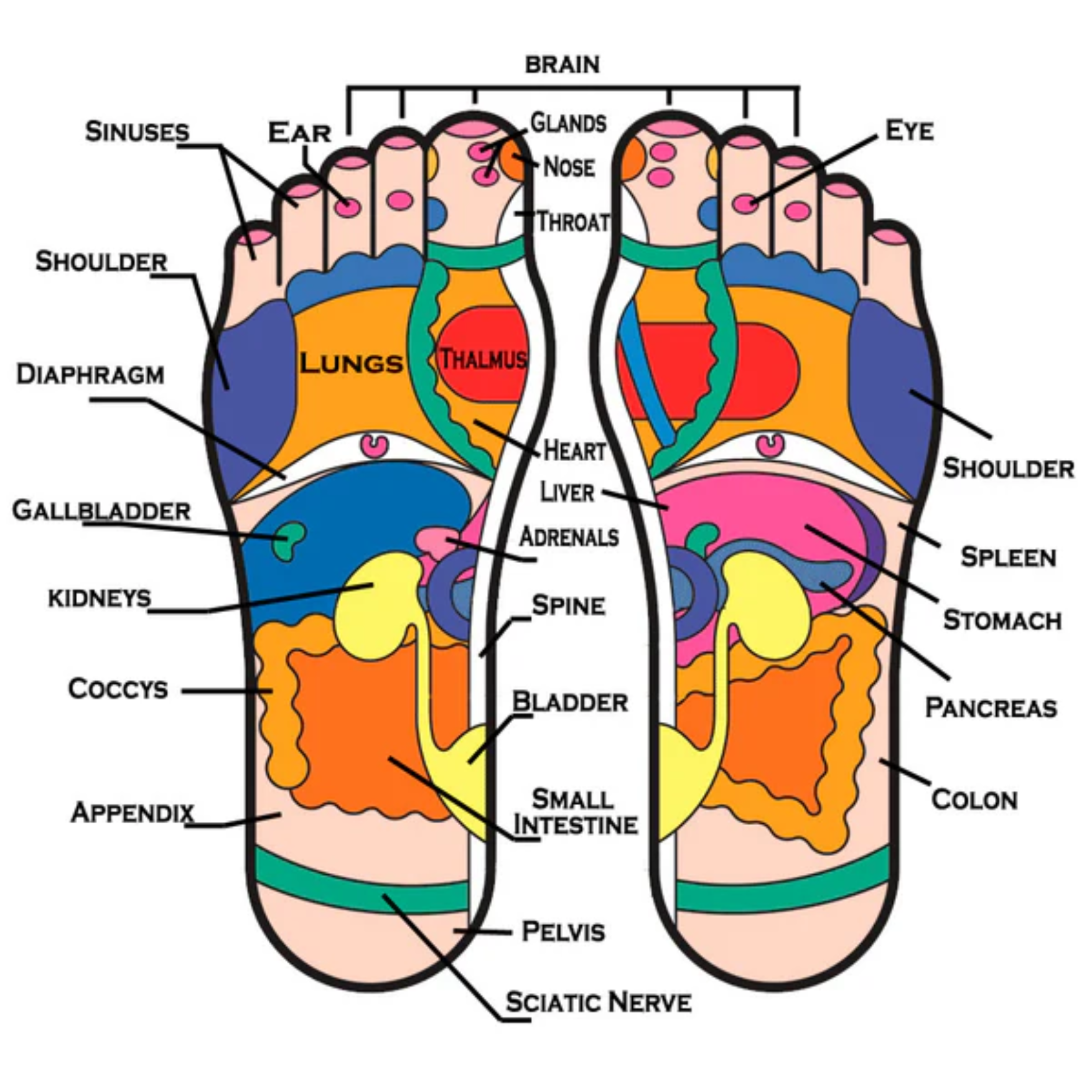
Reflexology & TCM: Shared Philosophies, Distinct Languages
While reflexology and TCM developed independently, they share striking similarities in their understanding of the body’s energetic landscape.
Similarities:
- Holistic Approach: Both systems view the body as an interconnected whole, where physical, emotional, and energetic imbalances are interrelated.
- Energy Flow: Reflexology speaks of “energy zones” or pathways, while TCM describes the movement of Qi (vital energy) through meridians.
- Organ Correspondence: Reflex zones in reflexology align with specific organs—just as TCM meridians are linked to organ systems like the Liver, Kidney, and Lung.
Differences:
- Mapping Systems: Reflexology maps the body onto the feet, hands, and ears, whereas TCM uses a network of meridians that traverse the entire body.
- Diagnostic Framework: TCM employs tongue and pulse diagnosis, syndrome differentiation, and constitutional analysis. Reflexology relies more on palpation of reflex zones and client feedback.
- Treatment Philosophy: TCM may use acupuncture, herbs, and dietary therapy to correct imbalances. Reflexology focuses on stimulating reflex points to encourage the body’s self-healing.
Despite these differences, many practitioners find that reflexology complements TCM beautifully—especially when used to reinforce meridian therapy or support organ function.
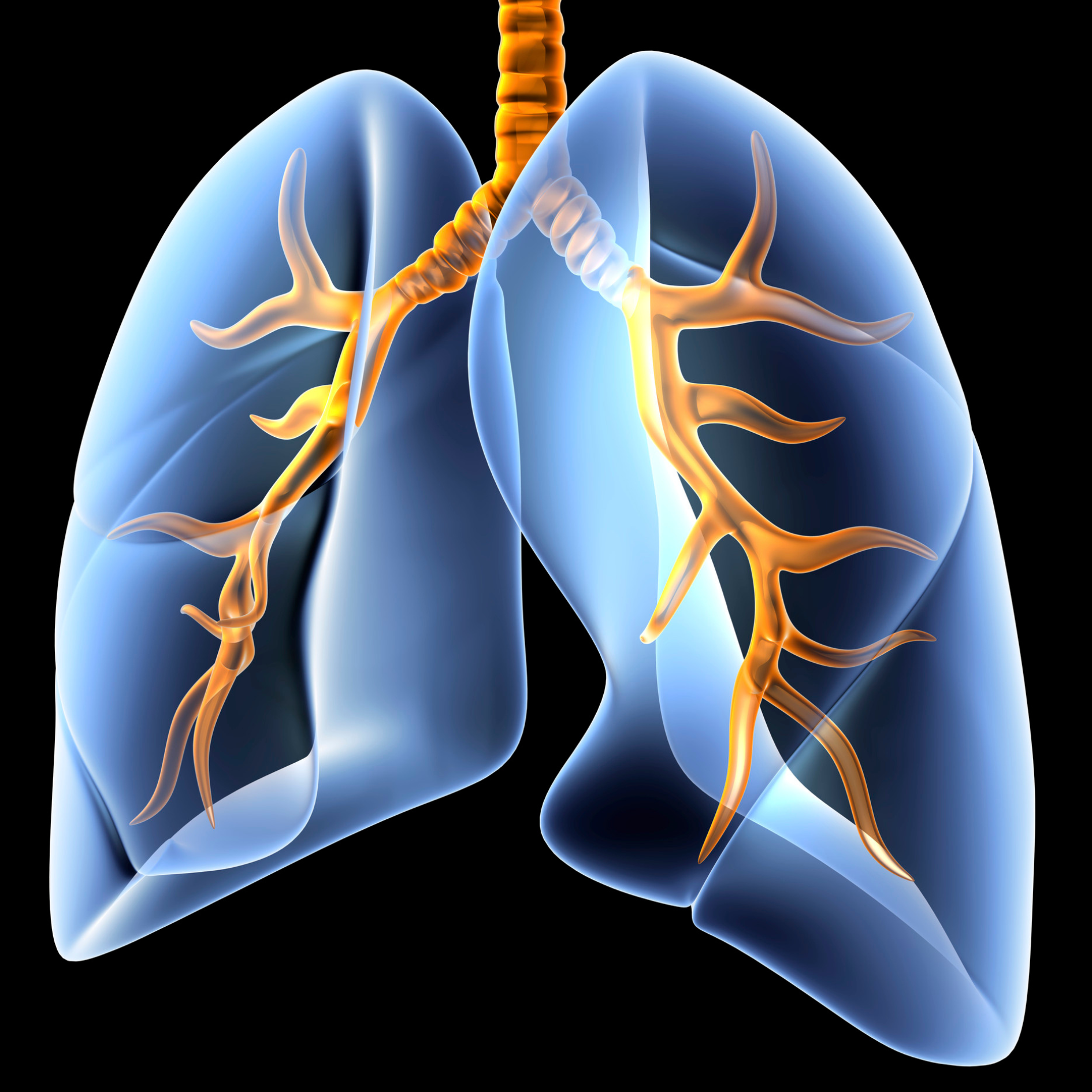
Case Studies: Reflexology Meets TCM
Case 1: Supporting Kidney Health
A 58-year-old woman presented with fatigue, lower back pain, and frequent urination—classic signs of Kidney deficiency in TCM. Alongside acupuncture at points such as KI3 (Taixi) and BL23 (Shenshu), reflexology was applied to the Kidney reflex zones on the soles of her feet. Over six weekly sessions, she reported improved energy, better sleep, and reduced urinary urgency.
Case 2: Calming the Shen
A 35-year-old man experiencing anxiety and insomnia was treated with a combination of herbal therapy (Tian Wang Bu Xin Dan) and reflexology focused on the Heart and Solar Plexus zones. The calming effect of reflexology helped settle his Shen (spirit), while herbs nourished Heart Yin and Blood. After a month, his sleep improved and anxiety levels decreased.
Case 3: Lung Support During Recovery
Following a bout of bronchitis, a 42-year-old woman sought support for lingering chest tightness and low immunity. Reflexology targeted the Lung zones on her feet and hands, while acupuncture at LU7 (Lieque) and ST36 (Zusanli) helped boost Wei Qi (defensive energy). Combined with dietary advice (pear, white fungus, almonds), her recovery accelerated.
These examples illustrate how reflexology can be woven into TCM treatment plans to enhance outcomes and offer a more tactile, nurturing experience.
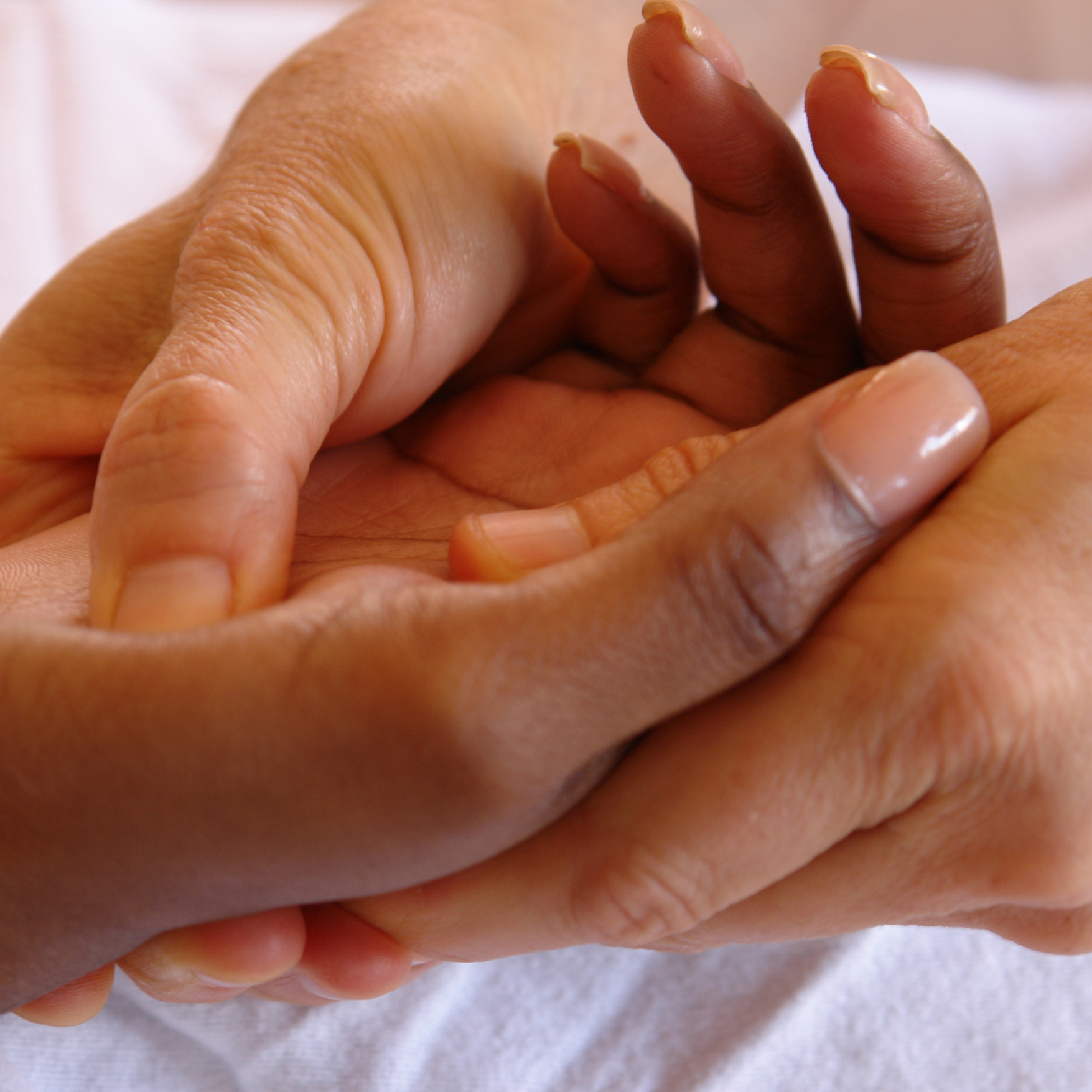
Self-Reflexology Techniques: Empowering Your Practice
Reflexology isn’t just for the clinic—it can be practised at home to support relaxation and organ health. Here are a few simple techniques:
For Stress & Sleep:
- Solar Plexus Point: Located in the centre of the foot (just below the ball), this point helps calm the nervous system. Apply gentle circular pressure for 1–2 minutes.
- Heart Zone (Hands): Found on the palm below the little finger. Press and massage to soothe emotional tension.
For Digestion:
- Stomach & Intestines (Feet): Located in the arch of the foot. Use your thumb to press and knead in small circles after meals.
For Lung Support:
- Lung Reflex (Hands): Found below the fingers on the palm. Massage gently during cold season or when feeling congested.
Consistency is key—just a few minutes daily can make a noticeable difference. Always work both sides of the body and breathe deeply during the practice.
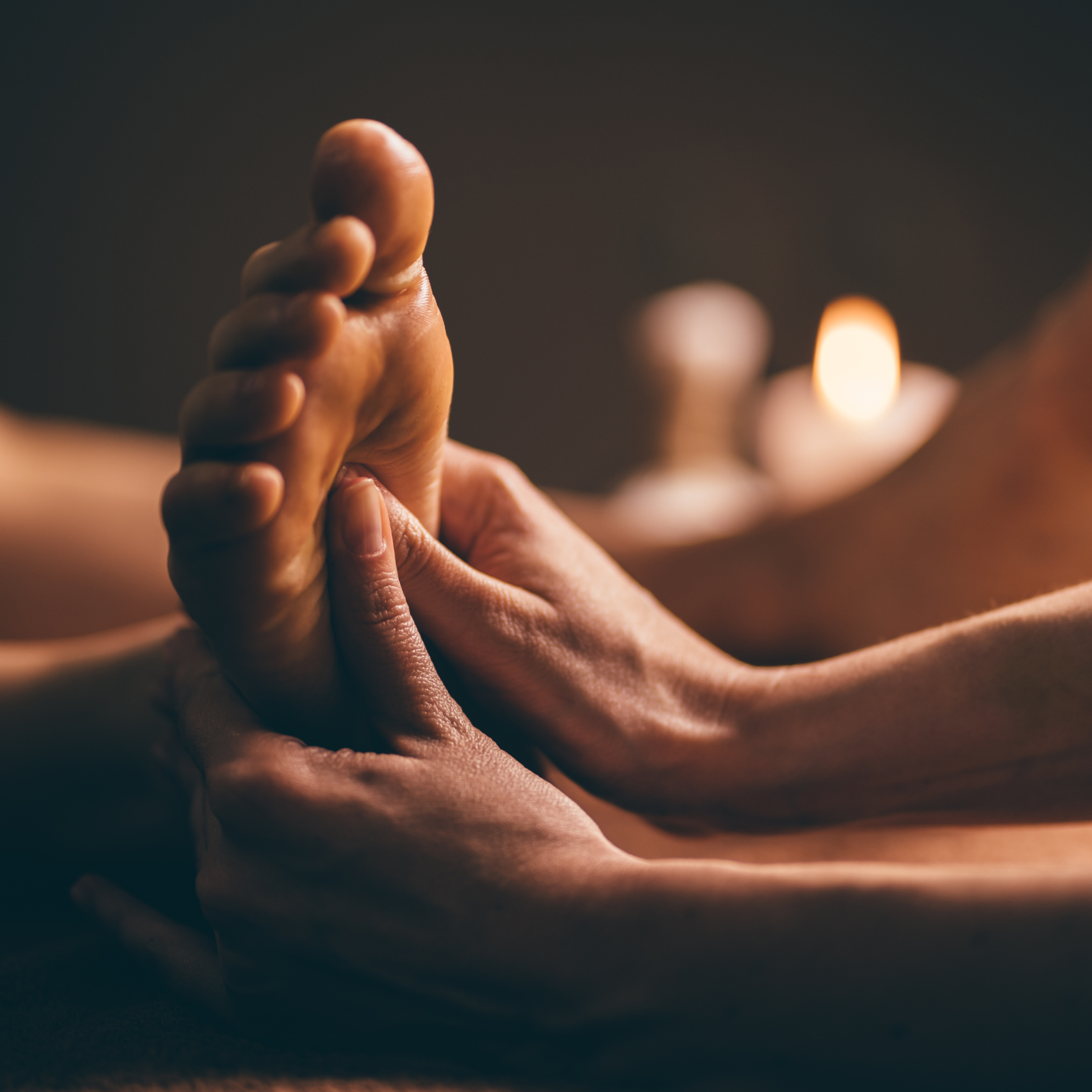
What to Expect in a Reflexology Session
If you’re new to reflexology, here’s what a typical session might involve:
- Initial Consultation: Your practitioner will ask about your health history, lifestyle, and current concerns.
- Treatment Environment: You’ll be seated or lying down in a comfortable setting. Only your feet, hands, or ears will be exposed.
- Technique: The practitioner will use thumbs, fingers, or specialised tools to apply pressure to reflex zones. Sensations may range from relaxing to mildly tender.
- Aftercare: You may feel deeply relaxed, energised, or even emotional. Drink water and rest if needed.
Sessions typically last 45–60 minutes. Many people report improved sleep, reduced stress, and a sense of inner balance after treatment.
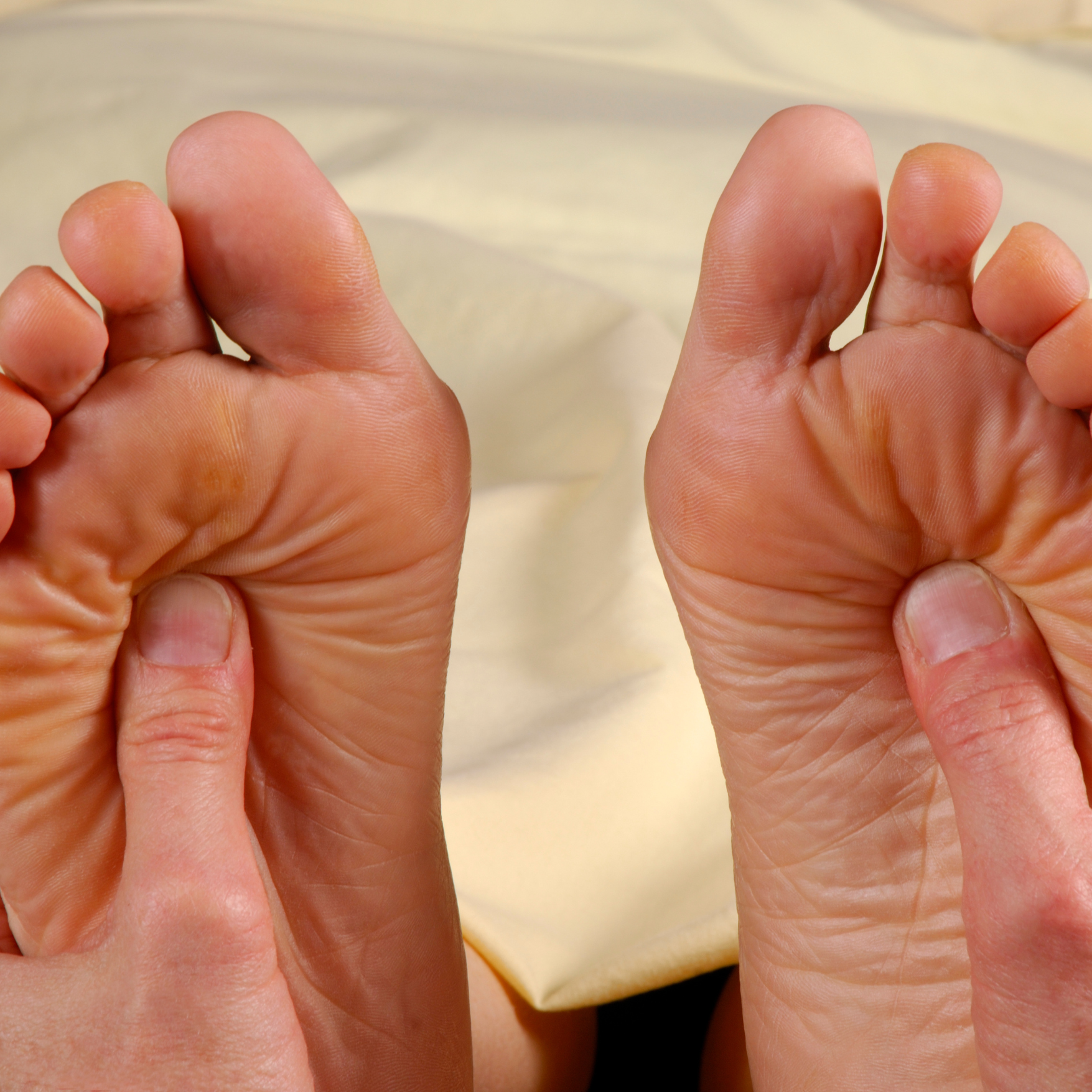
Choosing a Reflexologist: Tips for Finding the Right Fit
When selecting a reflexologist, consider the following:
- Qualifications: Look for practitioners registered with professional bodies such as the Association of Reflexologists (AoR) or the Complementary and Natural Healthcare Council (CNHC).
- Experience: Ask about their familiarity with TCM principles if you’re seeking an integrative approach.
- Specialisms: Some reflexologists focus on fertility, stress, or chronic conditions—choose someone aligned with your needs.
- Environment: A clean, calm, and welcoming space enhances the therapeutic experience.
Don’t hesitate to ask questions or request a brief introductory session before committing to a treatment plan.
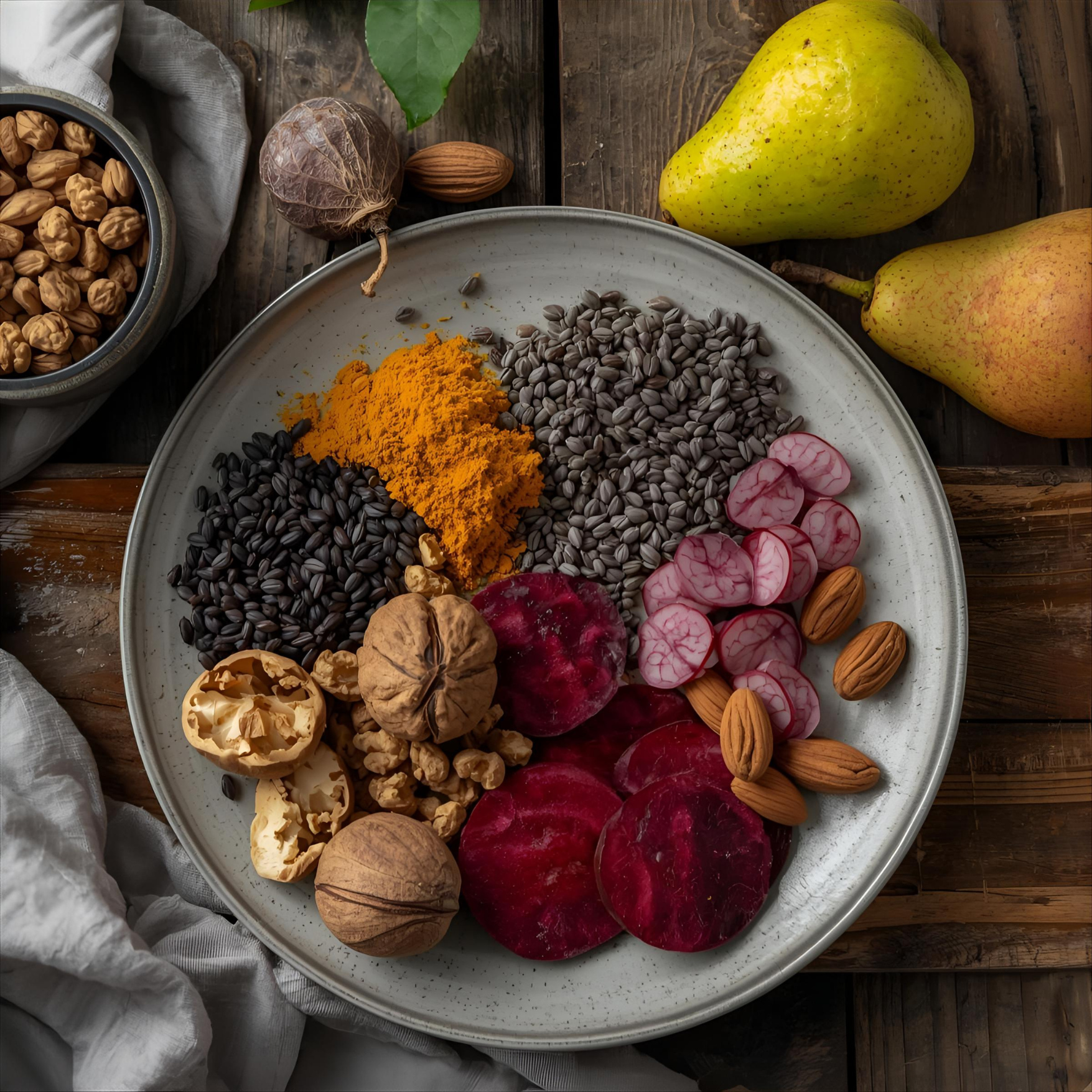
Herbal & Dietary Support: Nourishing the Organs
Reflexology often targets organs like the Kidney, Liver, and Lung—each of which has corresponding herbal and dietary supports in TCM.
Kidney:
- Herbs: He Shou Wu, Goji berries, Shan Yao (Chinese yam)
- Foods: Black sesame seeds, walnuts, bone broth, seaweed
Liver:
- Herbs: Chai Hu, Bai Shao, Dan Shen
- Foods: Beetroot, leafy greens, citrus, turmeric
Lung:
- Herbs: Xing Ren (apricot kernel), Bai He (lily bulb), Yu Zhu
- Foods: Pears, almonds, white fungus, radish
These supports can be used alongside reflexology to reinforce organ function and promote systemic balance. Always consult a qualified herbalist or TCM practitioner before starting new herbs.
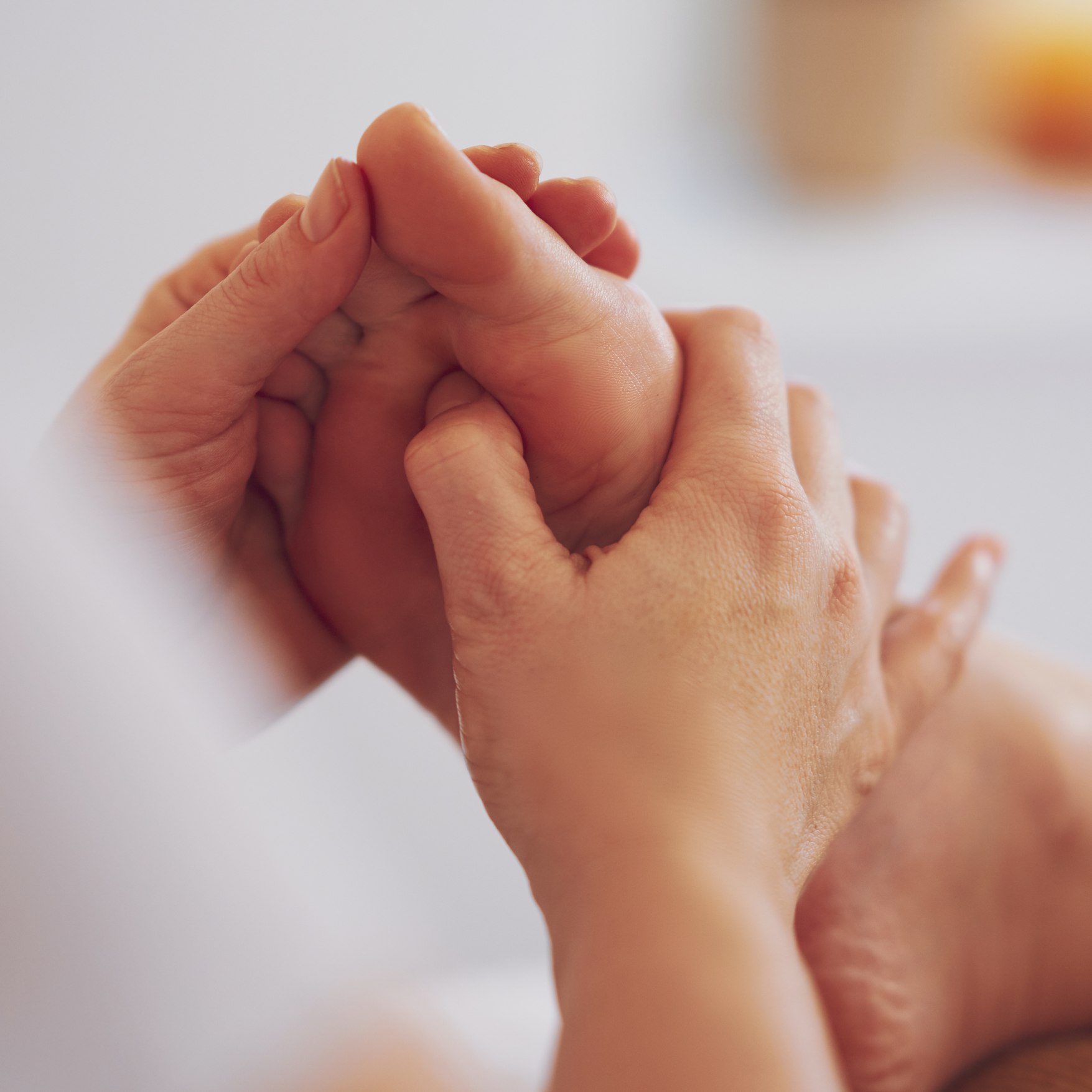
A Touch of Integration
Reflexology Awareness Week reminds us that healing can come through many channels—whether via needles, herbs, or the gentle pressure of a thumb on the sole of the foot. Integrating reflexology into TCM practice offers a tactile, intuitive complement to traditional modalities, enriching the therapeutic experience for both practitioner and patient.
As interest in holistic health grows, so too does the opportunity to blend ancient wisdoms in meaningful ways. Reflexology and TCM may speak different languages, but their message is the same: balance is the foundation of wellbeing.
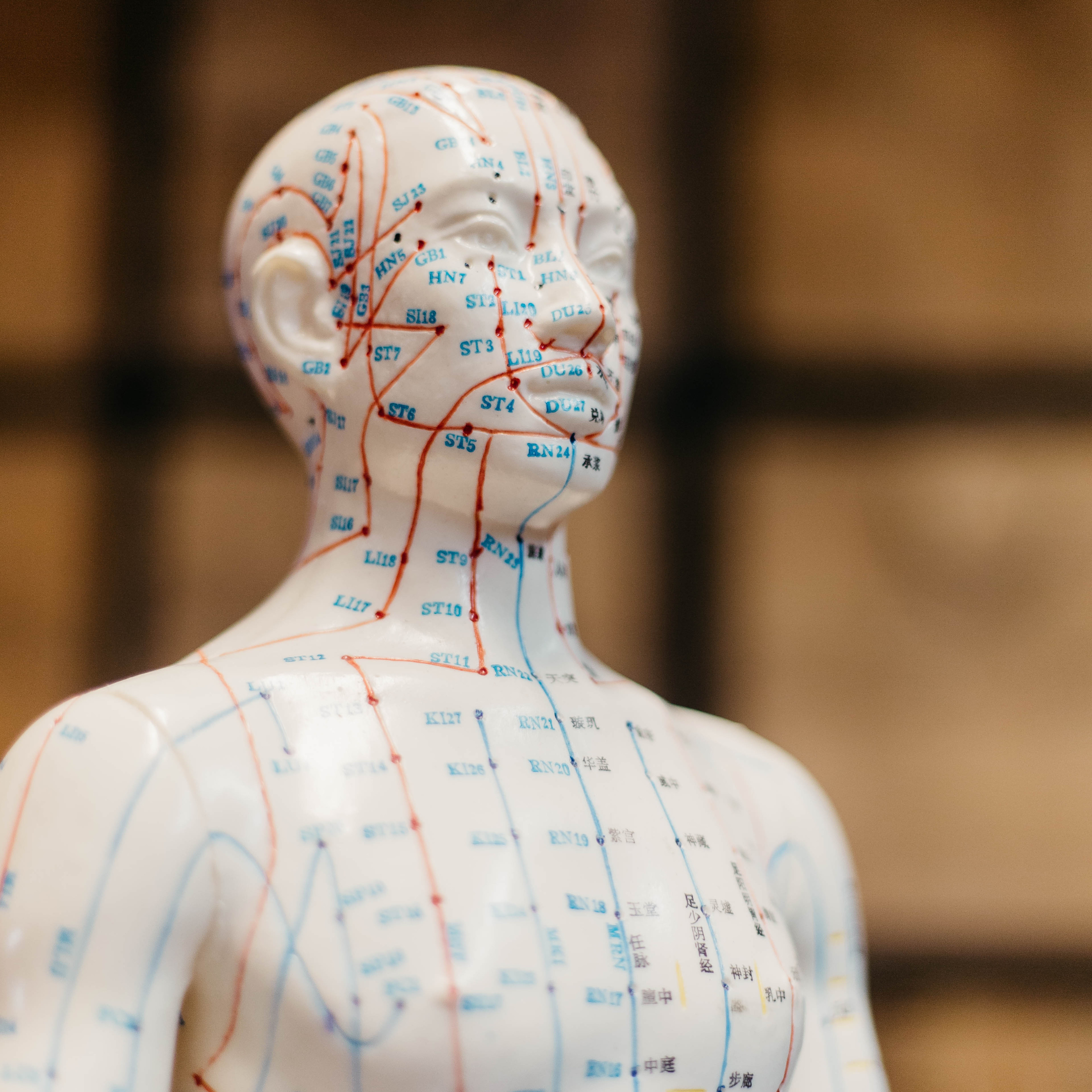
FAQ
- What is reflexology and how does it relate to Traditional Chinese Medicine (TCM)?
Reflexology is a holistic therapy that involves applying pressure to specific points on the feet, hands, or ears that correspond to organs and systems in the body. While it originates from different traditions than TCM, both share a focus on energy flow, organ health, and treating the body as an interconnected whole. Reflexology can complement TCM by reinforcing meridian therapy and supporting organ function.
- Can reflexology be combined with acupuncture or herbal therapy?
Yes, many practitioners successfully integrate reflexology with acupuncture and herbal medicine. For example, reflex points for the Kidneys or Lungs may be stimulated alongside acupuncture points like KI3 or LU7, and supported with herbs such as He Shou Wu or Bai He. This multi-modal approach can enhance therapeutic outcomes and offer a more personalised treatment experience.
- What should I expect during a reflexology session?
A typical reflexology session lasts 45–60 minutes. You’ll be seated or lying comfortably while the practitioner applies pressure to reflex zones on your feet, hands, or ears. The experience is usually relaxing, and some areas may feel tender. Afterwards, you may feel calm, energised, or sleepy. It’s recommended to drink water and rest if needed.
- Are there self-reflexology techniques I can try at home?
Absolutely. Simple techniques like pressing the Solar Plexus point (centre of the foot) or massaging the Lung reflex area on the palm can help reduce stress and support respiratory health. Regular practice, even for a few minutes a day, can promote relaxation and organ balance. Always work both sides of the body and breathe deeply during the session.
- How do I choose a qualified reflexologist who understands TCM principles?
Look for practitioners registered with professional bodies such as the Association of Reflexologists (AoR) or CNHC. Ask about their training, experience with TCM integration, and any specialisms they may have. A clean, calm treatment environment and a clear understanding of your health goals are also important indicators of a good fit.

